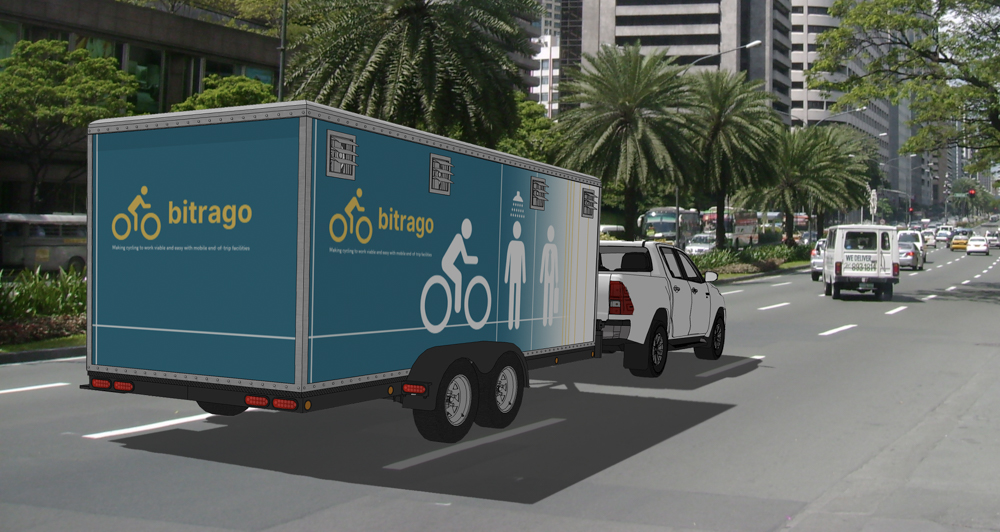
If you’ve been reading our content over the last year or so, you may have noticed a steady increase in articles about electric cars. With the global drive to reduce greenhouse emissions, automakers have been continuously looking into sources of energy independent of fossil fuels. But before this recent EV boom, Nissan had already seen the bigger picture of vehicle electrification when it introduced the Leaf hatchback in 2010.

With a goal to make electric vehicles acceptable for mass-market use, Nissan’s design brief for the Leaf wasn’t simply limited to sticking a battery pack into a family hatchback. Given the battery technology that existed a decade ago, range anxiety was clearly a bigger issue back then. To that end, about 2,200 dealers across Japan were equipped with chargers. About 200 of these had quick-charging docks, which could juice up a Leaf to 80% capacity in as little as 30 minutes.
This distribution of quick chargers meant that a Leaf had access to one within a 40km radius. With the car’s range of about 200km, finding a charging dock within reach wasn’t going to be a problem. But this holistic approach to the challenge of EVs made customers more accepting of the technology. In addition to increased affordability through financial incentives and reduced vehicle taxes, the Leaf was poised to become a sales hit.

And become a sales hit, it did, as the Leaf is celebrating its 10th year in serial production. Available in 59 countries with around 500,000 units sold, this car has become sort of an EV icon. While Tesla’s popular line of battery-powered cars caters to an upmarket crowd, Nissan positioned its humble electric hatchback so that the average Joe could have a dependable (and relatively) affordable zero-emissions runabout.

The Leaf’s technology is being continuously improved for Nissan’s other electric products, such as the stylish Ariya crossover. With the former’s imminent introduction in the Philippines, only time will truly tell whether the country completely embraces EV tech or not. But the Leaf definitely has the potential to suppress the apprehension of a market that is just beginning to accept electric cars.











Comments